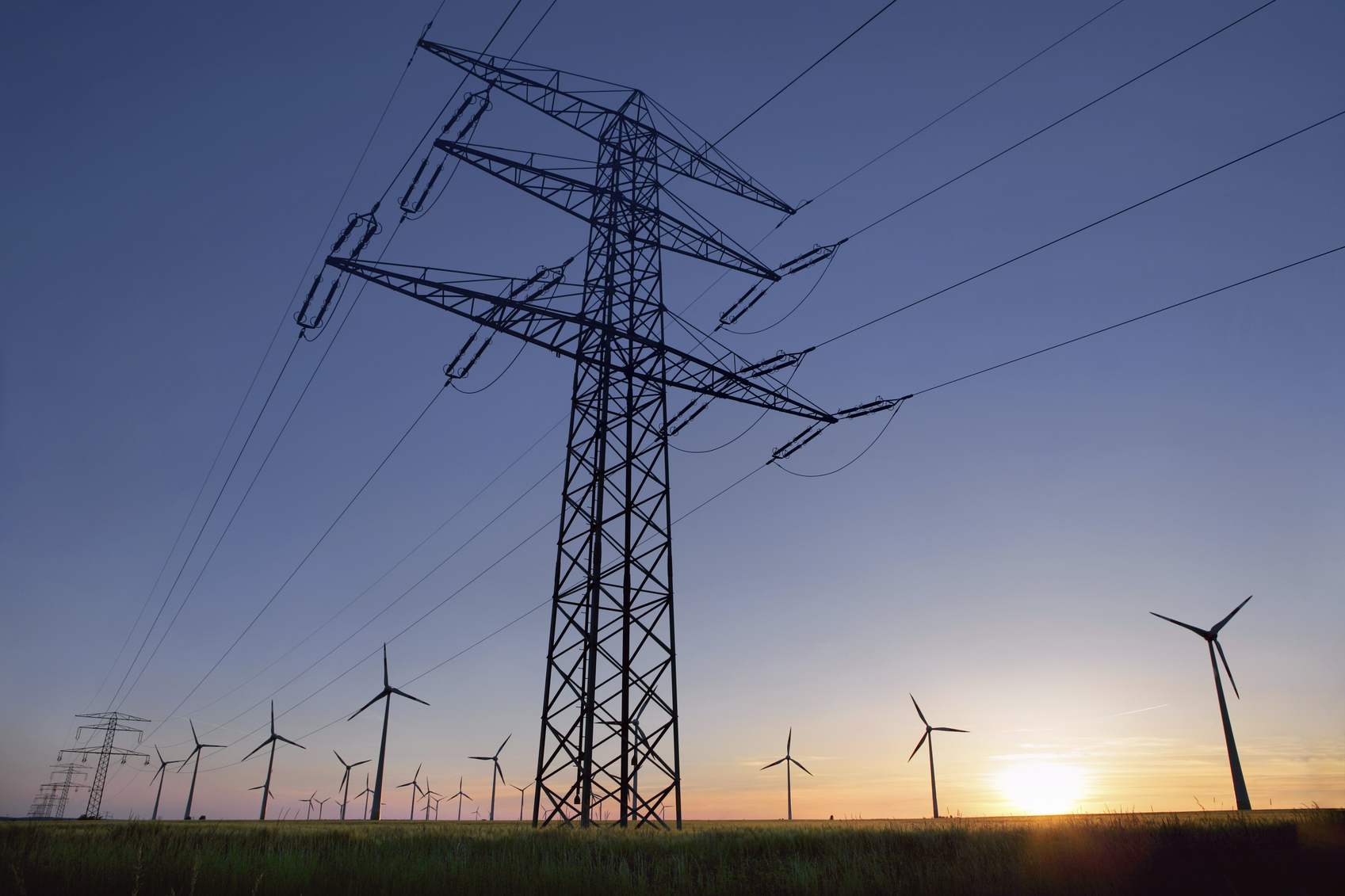 Engineers have developed a 4-in-1 smart utilities plant that produces electricity, water, air-conditioning, and heat in an environmentally friendly and cost-effective way.
Engineers have developed a 4-in-1 smart utilities plant that produces electricity, water, air-conditioning, and heat in an environmentally friendly and cost-effective way.
The eco-friendly system harvests waste energy and is suitable for building clusters and underground cities, especially those in the tropics.
“Currently, significant amount of energy is required for the generation of electricity, water, air-conditioning, and heat. Running four independent processes also result in extensive energy wastage, and such systems take up a huge floor area,” says Ernest Chua, associate professor in the mechanical engineering department at National University of Singapore Faculty of Engineering.
“With our smart plant, these processes are carefully integrated together such that waste energy can be harvested for useful output. Overall, this novel approach could cut energy usage by 25 to 30 percent and the 4-in-1 plant is also less bulky.
“Users can also enjoy cheaper and a more resilient supply of utilities.”


 Urban air pollution in the U.S. has been
Urban air pollution in the U.S. has been  As the U.S. military
As the U.S. military  The National Science Foundation is spearheading a $2.4 million research initiative to develop new methods to create commercial fertilizer out of wastewater nutrients. Among the researchers working on this project, ECS member and chair of the Society’s Energy Technology Divison, Andrew Herring, is leading an electrochemical engineering team in electrode design, water chemistry, electrochemical operations, and developing a bench-scale electrochemical reactor design.
The National Science Foundation is spearheading a $2.4 million research initiative to develop new methods to create commercial fertilizer out of wastewater nutrients. Among the researchers working on this project, ECS member and chair of the Society’s Energy Technology Divison, Andrew Herring, is leading an electrochemical engineering team in electrode design, water chemistry, electrochemical operations, and developing a bench-scale electrochemical reactor design. In a
In a  The U.S. Department of Energy (DOE)
The U.S. Department of Energy (DOE)  This summer I worked on the Greenland ice sheet, part of a scientific experiment to study surface melting and its contribution to Greenland’s accelerating ice losses. By virtue of its size, elevation and currently frozen state, Greenland has the potential to cause large and rapid increases to sea level as it melts.
This summer I worked on the Greenland ice sheet, part of a scientific experiment to study surface melting and its contribution to Greenland’s accelerating ice losses. By virtue of its size, elevation and currently frozen state, Greenland has the potential to cause large and rapid increases to sea level as it melts.